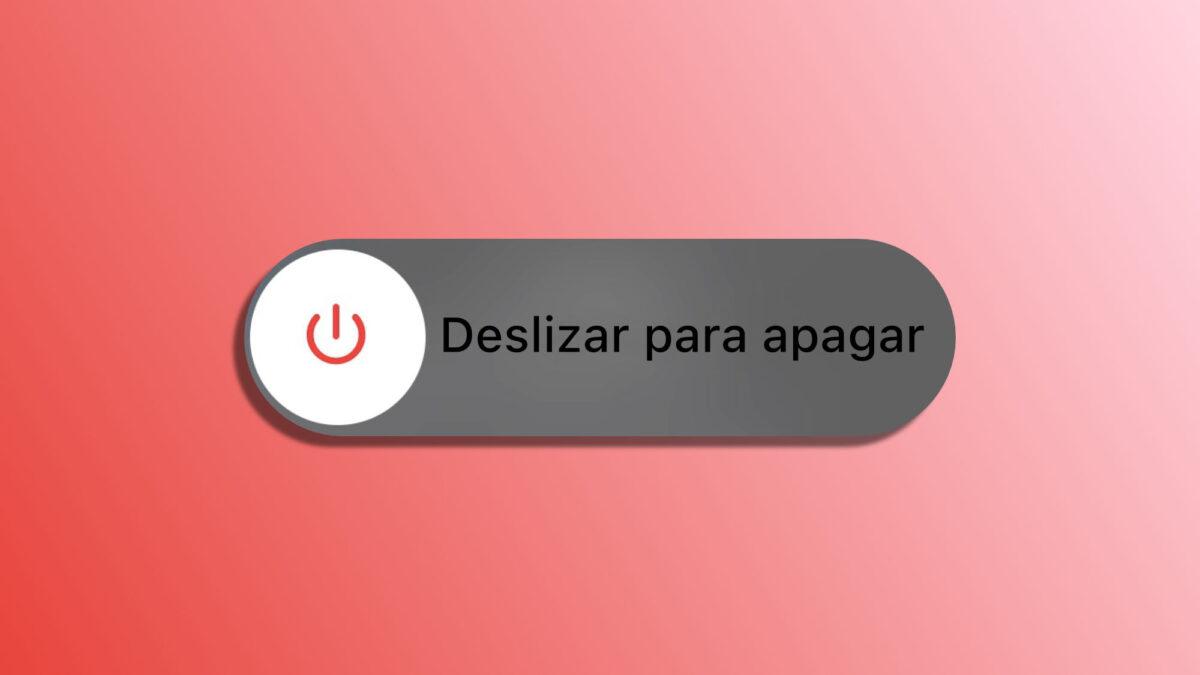In our daily lives, we have become familiar with the simple, yet notable, solution of restarting our devices when something does not work as we would like. This same action is equally applicable to iPhones, although with a particularity: there are two ways to restart them, and not all are advisable for every situation. Let's delve into the differences between standard restart and forced restart, and understand when and why we should choose one over the other.
Restart: Our First Resource
There are two methods to conventionally turn off our iPhone: the first is by pressing one of the volume buttons and the side button simultaneously until the "Slide to Power Off" option appears. The second, less known but equally effective, is through the Shut Down option in the General section of the Settings app. Regardless of the method, when performing a normal shutdown, we are telling the system to prepare to close all its operations sequentially and orderly.
The normal shutdown initiates a series of processes that include clearing caches, safely finishing temporary tasks, and the gradual closure of the operating system, from the most peripheral services to the heart of it, the kernel. When we turn our iPhone back on after a normal shutdown, it follows a standard boot procedure, restoring its operational state for our daily use.
Forced Restart: When There's No Other Option
On the other hand, when we are in a situation where our iPhone is unresponsive, we have the option of hard reset or forced restart. This is achieved with a specific sequence: press and quickly release the volume up button, do the same with the volume down button, and finally, hold the side button until the Apple logo appears on the screen. This action is not a mere restart, but an emergency measure that forces a power cut after a brief safety timer.
Unlike a normal shutdown, a forced restart does not allow the iPhone to properly close ongoing operations. Processes are immediately halted, which can result in data corruption. Although the iPhone's APFS file system has been designed to mitigate the risk of corruption with atomic (indivisible) operations, not all system functions nor all apps are immune to the problems that a sudden shutdown can cause.
These subtleties in the iPhone's restart methods may seem minor, but they have more than significant implications on the behavior of our device. Therefore, it is best and highly recommended to reserve the hard reset or forced restart only for moments of true necessity, when the phone is unresponsive. Leaving the conventional restart for all other cases.
Understanding the importance of each type of restart is fundamental and something that ensures that resolving one error does not cause another of equal or greater importance. Properly restarting our iPhone will allow us to resolve any situation with ease and keep all our data safe.
On Hanaringo | How and Why to Disable Access to the Notification Center with the iPhone Locked

